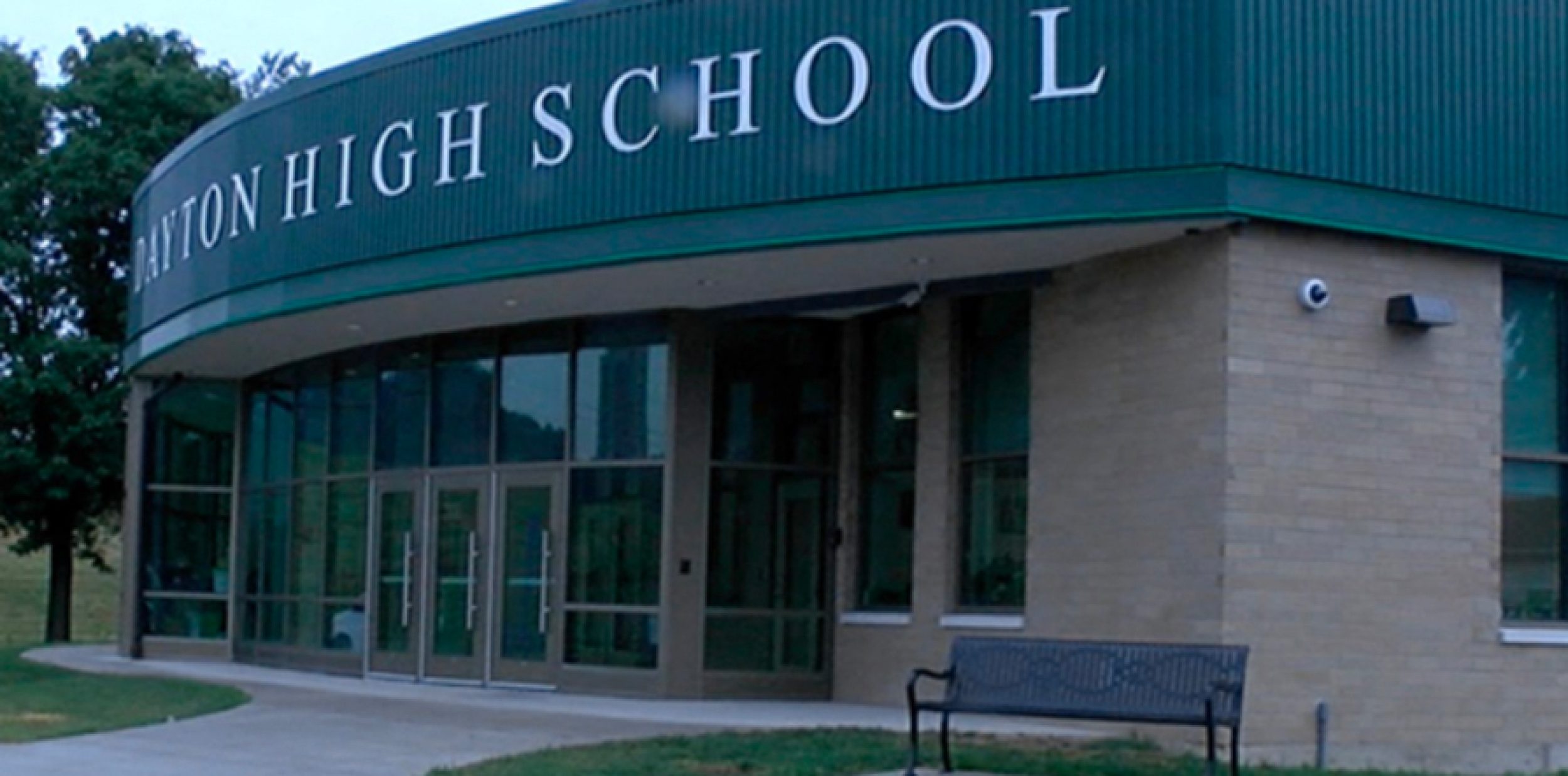Click to Return to Wall of Distinction
Thomas E. Cayton graduated from Dayton High School in 1966; from Eastern Kentucky University in 1970 (BS in Mathematics and Physics); from the University of Cincinnati in 1972 (MS in Physics); from the College of William and Mary in Virginia in 1976 (PhD in Plasma Physics). Upon completion of his degree (during the United States’ first energy crisis) Tom joined the staff of the Magnetic Fusion Theory Group of Los Alamos Scientific Laboratory’s Controlled Thermonuclear Research Division; Tom spent his entire 35-year career working on technical problems relevant to large projects at the Laboratory. Tom benefitted from unwavering support from his group and team leaders that enabled him to attack hard problems that often crossed organizational boundaries, and that yielded results only gradually. Quantitative analysis became and continues to be Tom’s passion: extracting physically meaningful information from data; Tom specialized in numerical modeling of diagnostic signals from experiments. In 1989 Tom transferred to the Space Plasma Physics Group of the Laboratory’s Earth and Space Science Division, where he stayed for the next 22 years, fulfilling a boyhood dream to work in the space program; he applied his skills to analyses of energetic-particle data from instruments ESS Division fielded on geostationary satellites. Tom provided theoretical and computational support for many instruments for two large and long-term satellite programs, the Defense Support Program (geostationary orbit), and the Global Positioning System (half-synchronous orbit). Tom computed instrument response functions for most of the X-ray detectors and energetic particle monitors designed, built, calibrated, and delivered by the Laboratory to satellite contractors. Precise determination of an instrument’s actual flight configuration and calibration parameters frequently involved archeological research. Careful attention to detail, and numerical modeling enabled truly quantitative analysis of the data reported by the instruments, enlarging the Laboratory’s capability beyond the qualitative pseudo-science previously practiced with these data. Tom’s favorite achievement is the quantitative measurement of the spectrum of photons that originated from a monster flare on a distant star known as Soft Gamma-ray Repeater 1806-20, located about 4.6×1017 km from Earth; this burst of gamma-rays impinged on the Earth on 27 December 2004, the brightest such event ever recorded; it totally saturated all of the sensitive, dedicated gamma-ray spectrometers in orbit at the time. Nevertheless, the electron channels of the Laboratory’s Synchronous Orbit Particle Analyzer (SOPA), and Energy Spectrometer for Particles (ESP) instruments on five different geostationary satellites recorded this burst. Tom’s detailed understanding of these instruments, together with numerical modeling yielded the gamma-ray flux and fluence during the bright flash at the beginning of the flare. This spectrum, determined from the SOPA and ESP particle monitors, contributed to two separate articles about this extraordinary event in the journal ”Nature.” In 2011, Tom retired from Los Alamos National Laboratory; he and his wife of 50 years, Marilyn A. Cayton, now reside in Rio Rancho, NM.
